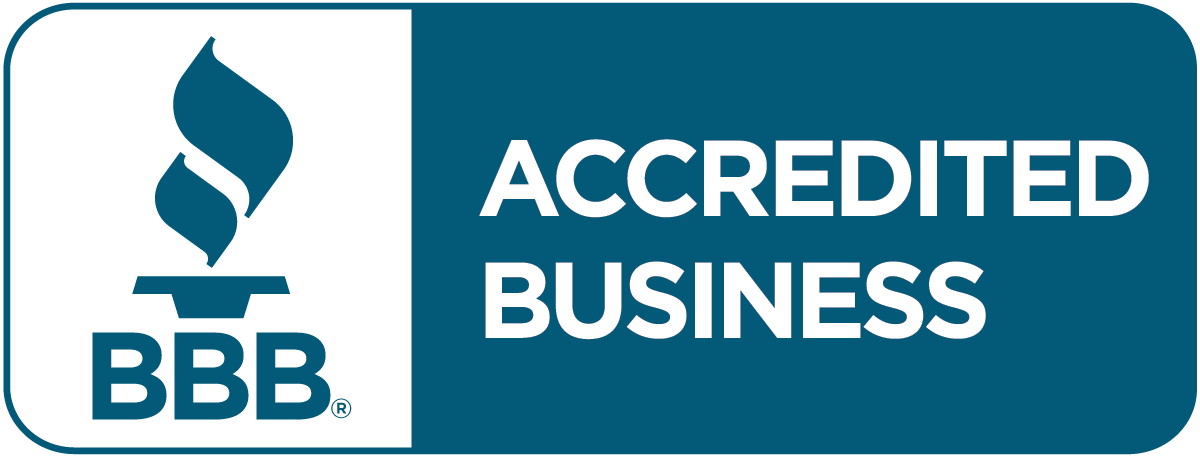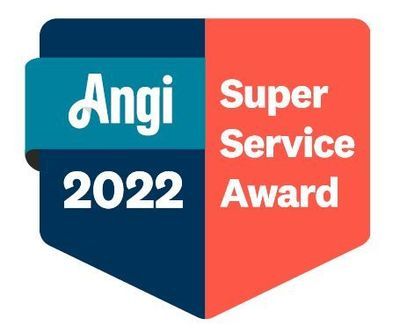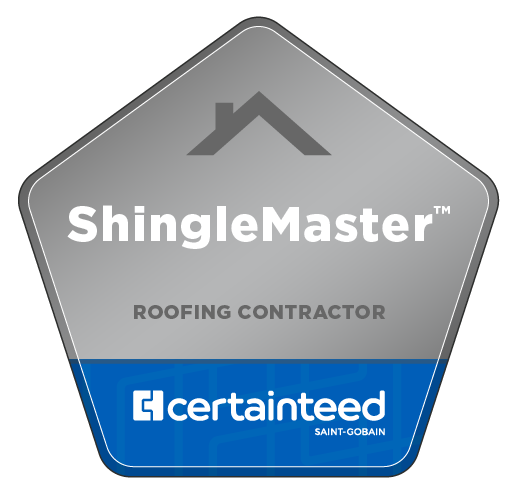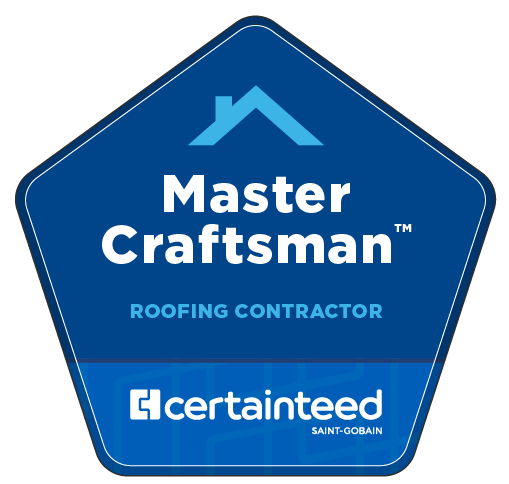Types of Roofing Shingles - Roof Contractor Columbus, Ohio
Owens Corning TruDefinition® Roofing Shingles

TYPES OF ROOFING SHINGLES In addition to maintaining the integrity of your roof’s structure and helping to keep out water, roofing shingles also add a tremendous amount of curb appeal and value to your home. The type of roofing shingles you choose can also affect your roof’s durability against wind, rain, hail, and other weather events.
Learn more about the different types and styles of roofing shingles.
Asphalt Roofing Shingles
Asphalt roofing shingles are reliable, affordable and among the most popular roofing material in use today. According to the Home Innovation Research Labs’ 2018 Builder and Consumer Practices Report, 70% of the volume of roofing materials used in both single and multi-family residential new construction, roof repair, and roof replacement projects were asphalt shingles.
There are many varieties of asphalt shingles, some designed specifically to accommodate regional weather or unique roof designs.
Owens Corning® roofing shingles linked to in this post may only be available regionally. Please visit our Roofing Shingles page and ensure your zip code is correct to discover Owens Corning® roofing shingles available in your area.
3-Tab Roofing Shingles
3-tab roof shingles are used on many homes in the United States and Canada.
They feature three distinct tabs of equal size, providing a symmetrical look across the roof.
These traditional asphalt shingles have a repeating rectangular shape separated by “slots” and are typically less expensive than other asphalt shingle options. Installation requires care on the part of the roofing contractor to ensure the “slots” created by the shingles are straight.
Architectural Roofing Shingles
Considered to be a premium type of asphalt shingle, architectural roofing shingles are also called dimensional shingles or laminated shingles because there are two layers of shingle pieces laminated together to provide a dimensional look. Roofs covered in architectural shingles have an aesthetically pleasing appearance thanks to the variation in shingle sizes and shapes.
Due to their increased thickness, architectural shingles typically have a longer manufacturer warranty and some brands are rated to resist higher wind speeds.
Impact-Resistant Roofing Shingles
Impact-resistant shingles are shingles that are modified and enhanced to withstand impact from hail or other debris that might fall on your roof. There are different ways that the shingles are modified to achieve this resistance.
For instance, some shingles are reinforced on the back with a reinforcing fabric, while other shingles contain asphalt mixed with polymers, such as styrene-butadiene-styrene (or SBS) which adds a rubberizing effect to the shingles. These modifications increase the shingle’s ability to absorb the energy from a hailstone, or another source of impact, which helps to reduce the intensity of cracking, denting, or other types of damage.
To be labeled as impact-resistant, the shingles must have received a rating during roofing industry-standard impact testing (UL2218). There are four rating levels of the UL2218 standard with Class 4 being the highest impact rating. Some insurance providers offer a discount to homeowners who have Class 4 impact-resistant shingles installed on their roofs.
COOL Roofing Shingles
Covered with solar-reflecting granules, COOL roofing shingles help make your home more energy-efficient by decreasing heat absorption through the roof.
Specialty Asphalt Roofing Shingles
Specialty shingles can come in bolder colors and styles that mimic other roofing materials, such as tile or wood shake, and offer the practicality and affordability of asphalt shingles with a slightly different look.
Other Types of Roofing Shingles
If you’re required to install non-asphalt roofing materials because of local building codes or HOA rules, then you may need to consider the following roofing options for your home. If building codes, HOA rules, or other compliance factors are not an issue, then the aesthetics – or look – of most of these non-asphalt roofing materials can be achieved using architectural roofing shingles in specific designs and colors.
ile Roofing
Tile roofing is typically made of concrete and may be used on the roofs of historic properties and homes in the American Southwest region. They’re much heavier than asphalt shingles, requiring the interior structure of the roof to be reinforced so it can hold up the extra weight.
Slate Tile Shingles
Slate tile roofing shingles are made of individual thin pieces of slate, a natural stone, which are quite heavy when installed together.
A roof must be designed or reinforced to handle the weight of slate tile shingles adding to the complexity of their installation, which is part of the reason why they are one of the more expensive options available.
Wood Shingles
Wood shingles have been used for hundreds of years as a roofing option for homeowners. Most wood shingles are made from either cedar or redwood. They are cut into precise shapes and have a much smaller exposure than traditional wood shakes, which gives them a distinct look.
Wood shingle exposure is 5″ which is much smaller than wood shakes, but it is not much smaller than traditional asphalt shingles.
One of the major downsides to installing real wood shingles, however, is that they are more prone to fire damage than other types of roofing and cannot achieve a Class A fire rating.
Wood Shake Shingles
Like wood shingles, wood shake shingles are also made from either cedar or redwood, but are not as precisely cut — they are typically sawn off and hand-split for a more homespun look. Again, because they are made out of wood, they are more prone to fire damage and cannot achieve a Class A fire rating.
Metal Roofing
Metal roofing is another roofing material option you may be considering. Metal roofs, whether standing seam or stone-coated metal shingles, typically tend to take longer to install and are on the higher end of costs due to materials, labor, and system requirements.
Standing Seam Metal Roofs
Standing seam metal roofing features a series of ridges or vertical seams running up the roof slope. Standing seam panels for a metal roof are typically made from:
- Galvanized steel
- Galvalume steel
- Aluminum
- Zinc
- Copper
- Titanium, or
- Stainless steel
- Stone-Coated Metal Roofing Shingles
Different in appearance from a standing seam or flat panel roof, metal roofing shingles are stone-coated steel panels that simulate concrete or clay tile roofing, and wood shakes.
Additional Considerations When Choosing Roofing Shingles
Roof Components
Your roofing shingle choice and roofing system may be dictated by local business code requirements, manufacturer warranties, and system warranties. For example, only certain types of roofing underlayment can be used with non-asphalt shingles, such as tile, metal, or slate, because of fire and/or high-temperature concerns.
Structural Elements
Additionally, some roofing materials may require special roof deck preparation or reinforced structural elements.
Solar Panels
For homeowners interested in adding solar panels to their roofing systems, it’s recommended to install new solar panels overtop of full shingle coverage. This offers a double layer of protection against the elements. It often makes the most sense to install solar panels during a reroof or new roofing construction.
Browse Owens Corning® Roofing Shingles to Find the Right Shingle for Your Home.
Find the perfect match for your next roof by scrolling through our large selection of asphalt roofing shingles, available in many different colors and styles.
Call Ohio Exteriors for your roof replacement needs in Central Ohio or visit our website: www.OhioExteriors.com.
Source: Owens Corning Roof Shingles Columbus, Ohio
Contact Ohio Exteriors Today for Your Home Renovation Needs
If you want top-quality products and uncompromising customer service, make Ohio Exteriors your trusted Columbus contractor today. Call us at
(614) 683-2267 or submit our online request form for more information.









